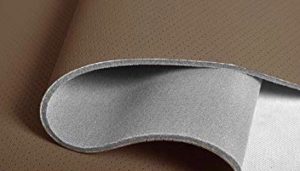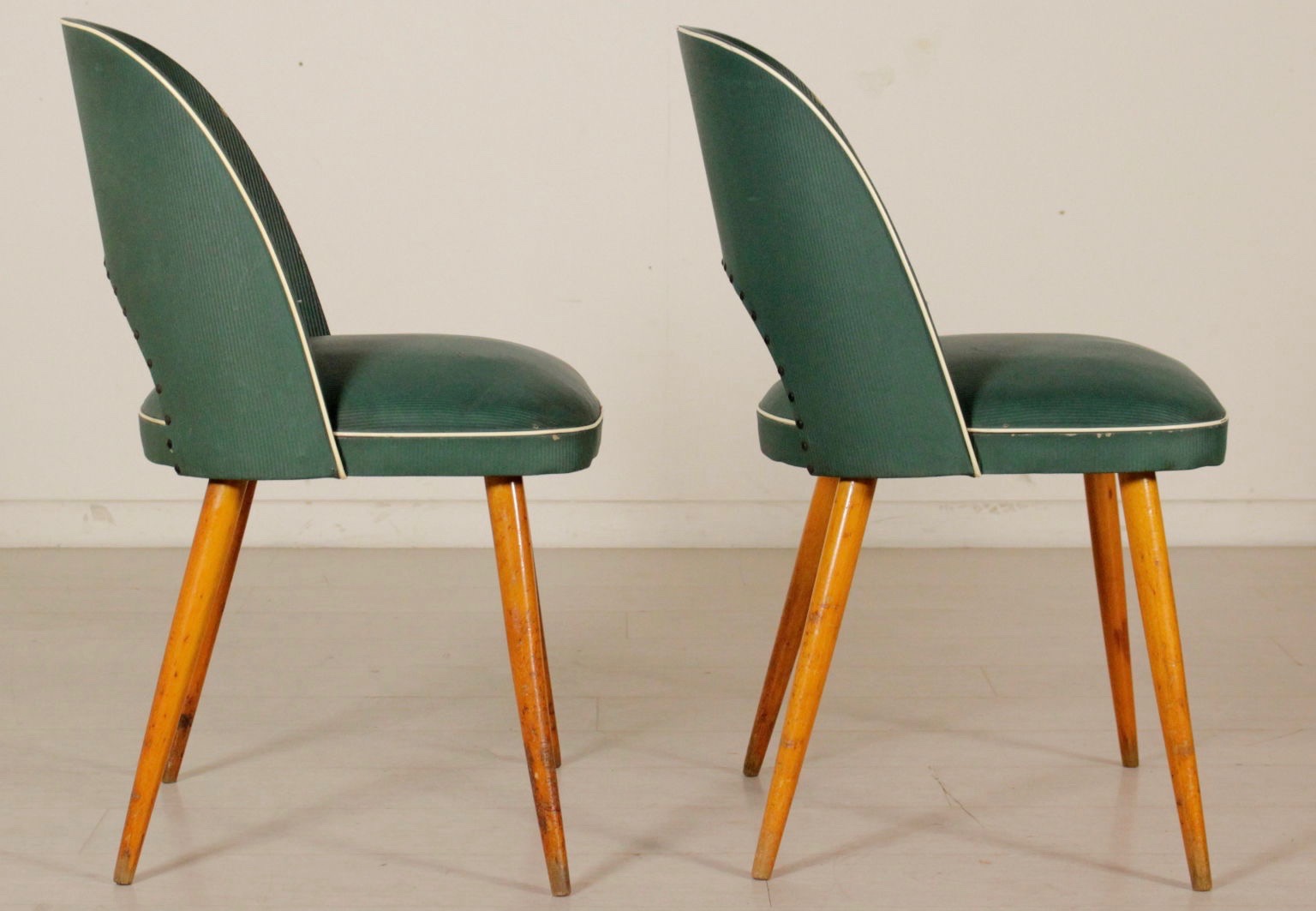A really beautiful window display can suddenly draw you into a store like a strong magnet. This happened to me recently when I was struck by a tasteful display in briquet shades on a shopping street. Inside, a beautiful lined winter coat caught my eye. The salesman told me with some pride that the material was “vegan leather. Of course, I immediately wanted to know the ins and outs of that! But to my disappointment, the seller could not provide any information about the composition or origin of his “vegan leather. I studied the material carefully and found that it looked more like faux leather.
Refined skai?
What is vegan leather anyway? When can you call a material vegan? It seems logical to take as the first argument that there is no animal involved. But if the product then consists of all kinds of coasting fibers and substances that come straight from petroleum distillates, there is nothing “vegan” about it.
Then it’s faux leather; a glorified kind of “skai. These are materials that should look as much like leather as possible but whose raw materials can really consist of anything. There are also types of artificial leather that -even without a woven matrix- are quite capable of approaching properties of real leather.
But my gut says vegan leather should be a material with an organic, natural origin and with the lowest possible environmental impact. For example, laboratories are working hard to develop leather substitutes based on raw materials such as fungi, seaweed, plant fibers and proteins.
A major problem seems to me the naming of newly developed products and information about it to producers, intermediaries and consumers.
Coincidence does not exist!
Well… While I was still thinking about that vegan leather winter coat, a very appropriate email arrived in my inbox! Next week, the international leather craft organization (International Leather Maker) is hosting a conference in London that will prominently address exactly these issues. Hugely interesting for a true leather-geek like me.
Although to my regret I cannot go, I will certainly follow the outcomes closely and keep you informed of any interesting developments….

Here is the translated announcement of the conference:
” The term “vegan leather” is increasingly used to describe materials promoted as an alternative to leather, but there is significant debate about the suitability of these materials. Are these materials really durable compared to real leather?
Peter Hughes, Sustainability Lead of Eurofins | BLC, outlines the sustainability credentials of vegan alternatives to leather at the Leather & Sustainability in Retail Conference 2018 taking place in central London on November 15.
The presentation includes an overview of components for “vegan leather,” an overview of some of the challenges these materials face, including naming and a summary of what the term “sustainable material” should entail.
The discussion targets those involved in material selection for manufacturing processes who want to understand the material options available. The goal is to shed light on some poorly understood arguments and identify misinformation in the industry. There is evidence that consumers are increasingly asking about vegan alternatives to leather, and it is important for those responsible for making material choices to be clearly informed about the impact of available material options.”
I can’t wait to get my hands on a piece of real vegan leather to work with in my own training, because LFA also wants to be as environmentally responsible and animal-friendly as possible.

